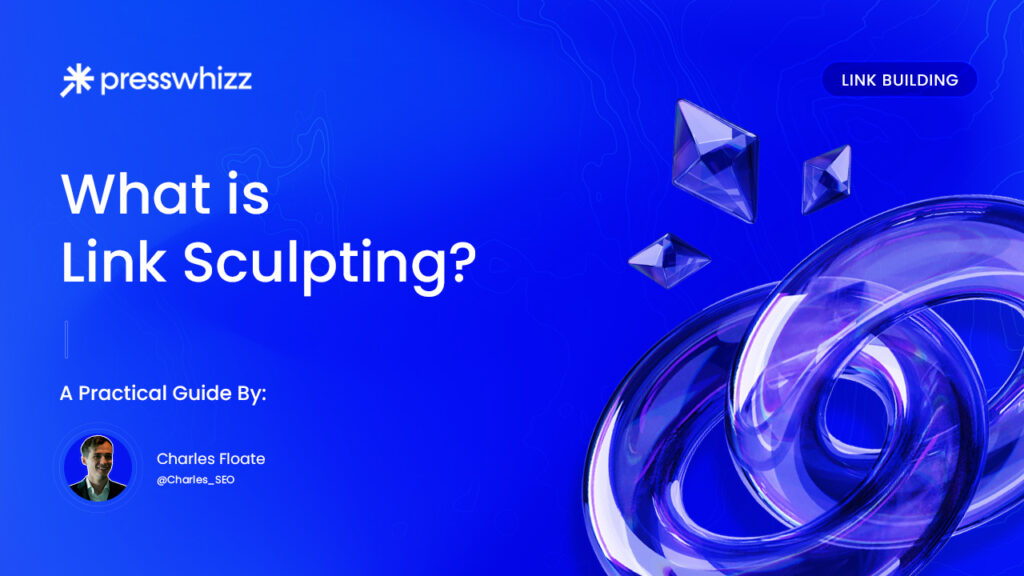Let me tell you something the white hat SEO brigade doesn’t want you to know, and that will counter what the industries biggest publications have claimed for well over a decade now: Link sculpting isn’t dead. It never died. It just evolved while everyone else was busy regurgitating Matt Cutts’ PR statements from 2009…
What is Link Sculpting?
Link sculpting is the art of strategically controlling how PageRank (yes, it still exists internally at Google, don’t let them fool you, we know from DOJ & Algo leaks that it’s just now multi-layered with a lot of different, contesting signals) flows through your website. It’s about being intentional with your internal linking structure instead of letting link equity leak.
The traditional definition? Using nofollow attributes to control PageRank flow. But that’s outdated, and not really relevant anymore.
Which is also why a large number of blogs will say to avoid this technique –
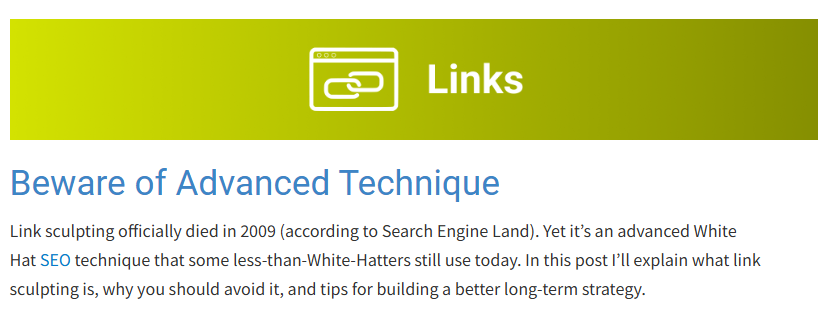
Modern day link sculpting is how you move:
- Equity Signals
- Keyword Signals
- Relevancy Signals (Building Internal Topical Authority)
- “Link Juice”
Through internal links between pages, or “documents” as Google likes to call them, and yes, even PDF internal links can count!
Some will argue that the algorithm can interlink relevant pages on your site by itself, and whilst it can to some degree, you’re still leaving a ton of signals on the table without utilizing internals – And especially if you aim to rank for longtails that aren’t necessarily that prevalent, or you can’t fit it to your money pages.
Matt Cutts Statement
I want to reiterate that we aren’t sculpting via a simple nofollow tag anymore, and that Matts’ statement from 2009 is entirely irrelevant, but we have tested and it is accurate!
“PageRank comes into your site and flows throughout your site based on the links that you have on the site. If you add ‘nofollow’, that’s causing those links to drop out of the link graph and not flowing the PageRank naturally on your site. Some of it (Page Rank) just evaporates or disappears.”
So, with that in mind, let’s move on to how to actually carry out link sculpting!
What is An Internal Link & What is Anchor Text?
For those that don’t already know, I need to first answer a few beginner questions: An internal link is simply a link on a page to another page, from within the same domain. Usually navigation, sidebar & footer links are ignored.
Then an anchor text is the word or words used within a link, this link is generated on a page from the <a> href tag within a pages HTML code.
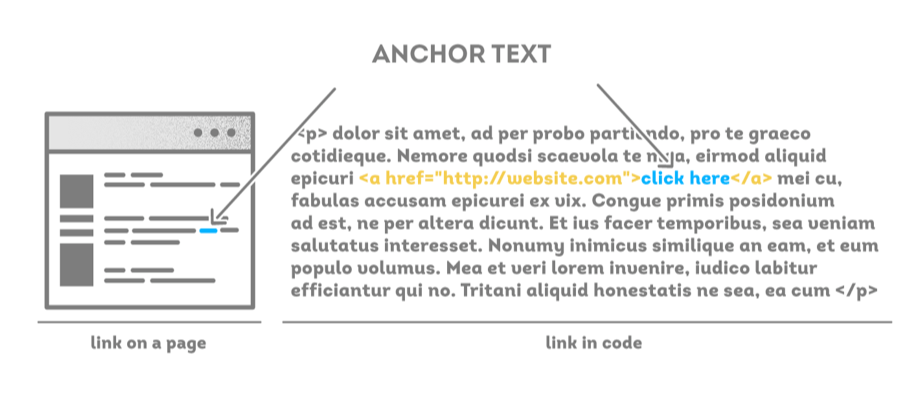
And thirdly, I need to explain that almost all of my style of linking is contextual, and by contextual I mean: Within the body content of the site, and having directly surrounding words.
Example of internal linking in the real world:

Taking the image above as an example (From CBDFX) the first 2 links (A & B) are fantastic! They are perfectly within the context of the surrounding text of the anchor, contribute to the content and offer direct keyword signals to the page they’re internally linking to.
And whilst C has it’s merits, it doesn’t give an exact signal for “CBD” because it’s not within the anchor text itself nor does it have it close enough in the surrounding text. Ideally, we’d just extend the anchor to be: “combating stress using CBD” or “combating stress with CBD”.
As an example of bad anchor text/link sculpting placements, I am not a fan, and Google has previously specifically targeted in updates, non-contextual internal linking like this –
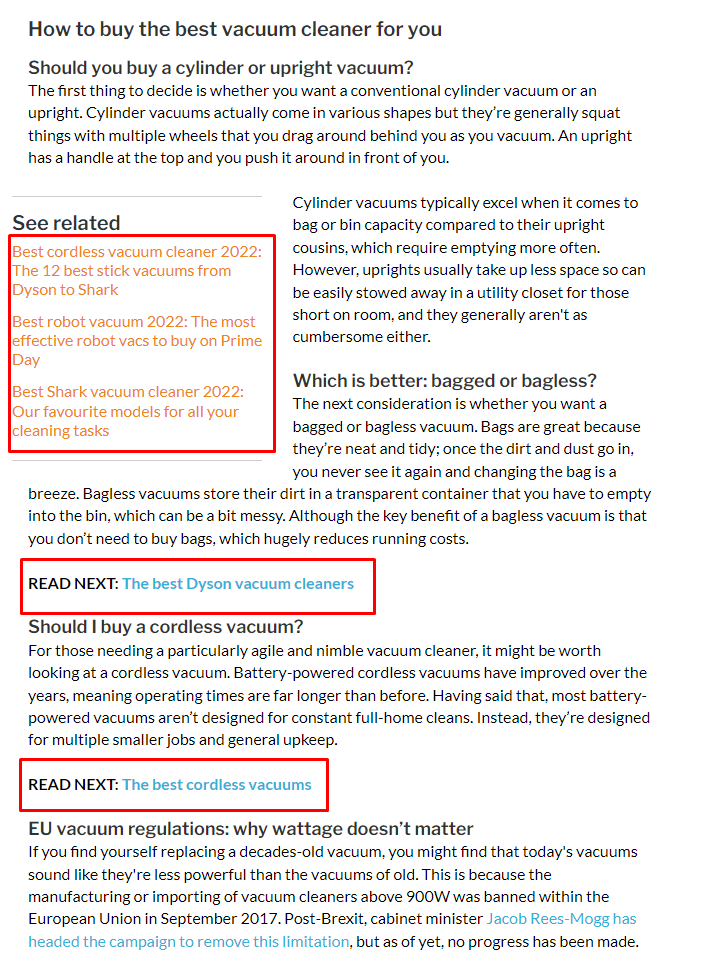
Only sites with huge authority (Usually DR85+) benefit from this style.
Link Sculpting Strategy
My strategy (For almost all sites, outside of pSEO or news) is simple, time consuming, highly effective and for most people will work best one page at a time.
You begin by building two lists on your site that you want to be building equity within, I usually recommend doing this cluster by cluster on your site:
- A list of keyword variants for your money pages, sorted by competitiveness (Use keyword volume, ROI, KD, competitors and current positioning)
- A list of relevant pages, sorted by authority (Use UR, RD etc)
Once you have these 2 lists, you need to first order your keyword variants by competitiveness – You can do this manually, or using a keyword difficulty metric.
Then you need to order your list of relevant pages by authoritativeness – Use your preferred metric: RD, UR, PA etc
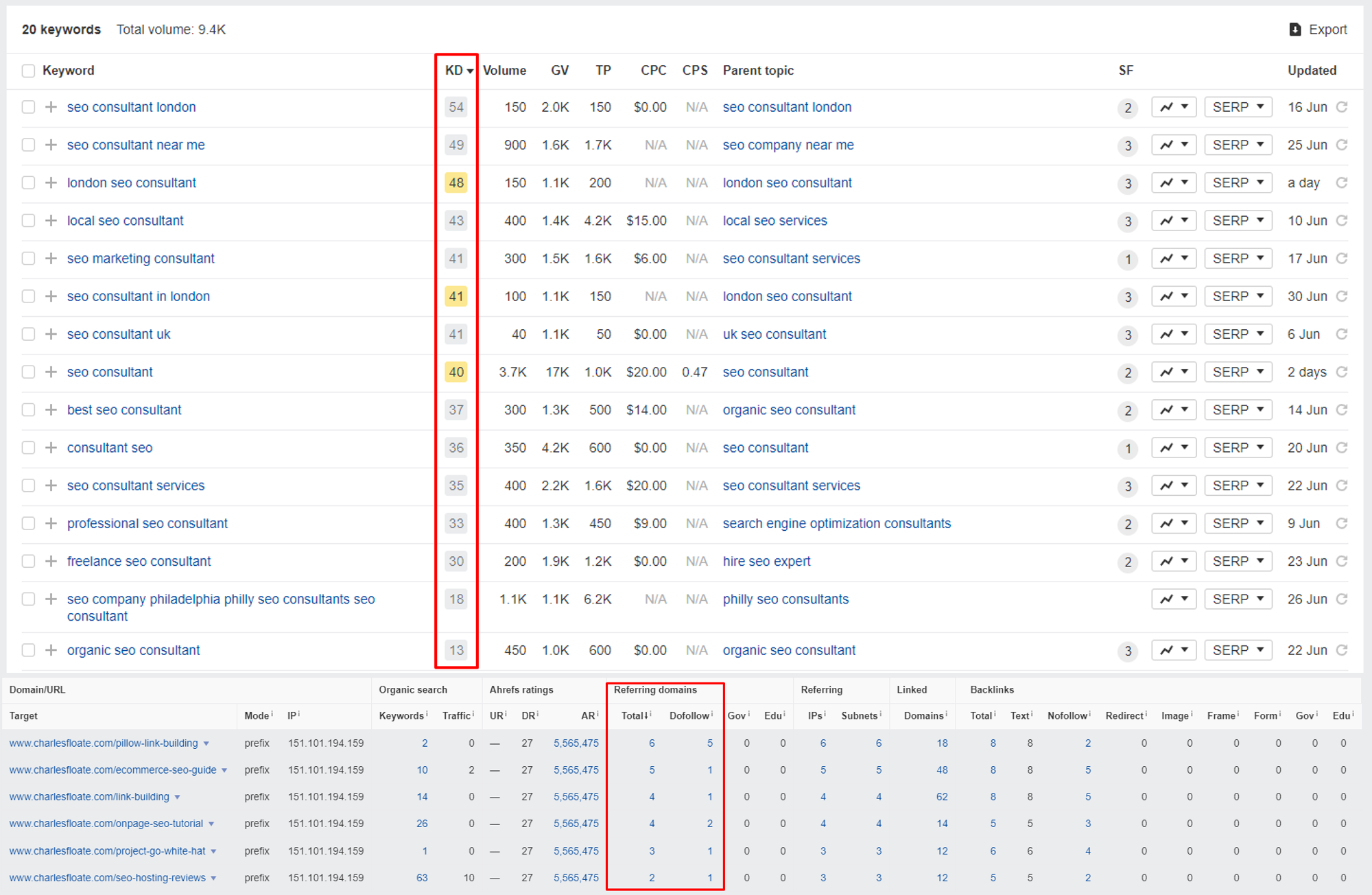
Then it’s simple: You internal link the most competitive keyword via the most authoritative page.
Theoretically passing the most power through the most competitive keyword signal. With the added nuance that the pages must be relevant enough from Google’s perspective, not yours.
Then you repeat this for every page you want to power up and make stronger.
Advanced Link Sculpting Execution
The above is the basic strategy that anyone can carry out, if you are doing high level SEO or working in super competitive niches, then here’s my 5 step workflow, taken directly from our internal SOP for ranking in billion dollar markets.
1. Hierarchical Flow Control (Clusters & Silos)
Forget “random” internal links. Every page on your site is either:
-
A Money Page (King/Queen) → Targets primary commercial terms.
-
Supporting Content (Court) → Carries longtail, informational, or topical signals.
-
Pillars/Guides (Castles) → Authority hubs that spread equity deeper.
You sculpt by directing authority heavy supporting pages → into money pages with the right anchors. Don’t waste $400 powerful guest posts linking to your About page. Channel it into conversions.
2. Anchor Text Ratio Engineering
Here’s where 99% of SEOs screw it up:
-
60–70% = natural/brand/URL (keep the profile clean)
-
20–30% = partial match / semantic variants
-
<10% = exact match killers (save these for your highest UR donor pages)
Anchor distribution inside your site mirrors external link building strategy. Screw it up internally and you dilute your signals which take a while to re-build.
3. Authority to Competitiveness Matching
Like I said before: Competitive keyword ← Authoritative page.
-
Example: Let’s say “best CBD oil UK” has KD 70. You wouldn’t link it from a 500 word news update. You’d funnel it from your 3,000-word CBD Legality Guide that’s sitting on 100 RDs and naturally pulling links…
-
This turns internal links into equity multipliers.
4. PDF & Parasite Sculpting
Here’s the grey hat/black hat cherry on top:
-
Internal links inside PDFs still pass equity (yes, confirmed in recent tests). Use them for whitepapers, reports, eBooks, transcripts etc
-
If you’re running parasite SEO (Medium, LinkedIn Pulse, Eventbrite, etc.), interlink those parasites between each other and back into your core only via the top ranking pages.
5. Automation for Scale
Manual sculpting is fine for a 50 page site. If you’re running 10k pages:
-
Crawl site with Screaming Frog / Sitebulb.
-
Export UR/DR/Impressions → map them to keyword competitiveness.
-
Auto-generate internal link maps.
-
Bulk inject contextual links via CMS hooks or programmatic scripts, or even tools like InLinks & LinkWhisper.
This is where you eat competitors alive, because they’re stuck “manually placing links” while you’ve systemized it – And if you are doing this repetitively for clients or at scale for lead gen, then this system should be perfect as soon as possible.
Final Thoughts
Link sculpting never died. It just stopped being about nofollow hacks and started being about precision architecture. The white hats will keep crying “manipulation” while their sites leak equity through broken navs, orphaned pages, and pointless sidebars.
If you want to compete in 2025 and beyond, you can’t treat internal links as an afterthought. They are your control panel for PageRank, relevance, and topical authority. Every anchor is a lever. Every supporting page is a battery. Every cluster is a power grid.
And the SEOs who master sculpting? They’re the ones punching above their DR, ranking money terms faster, having the highest ROI on link spend and laughing while the “nofollow is dead” crowd wonders why their skyscraper content doesn’t stick.
Stop listening to 2009. Start sculpting like it’s 2025.



